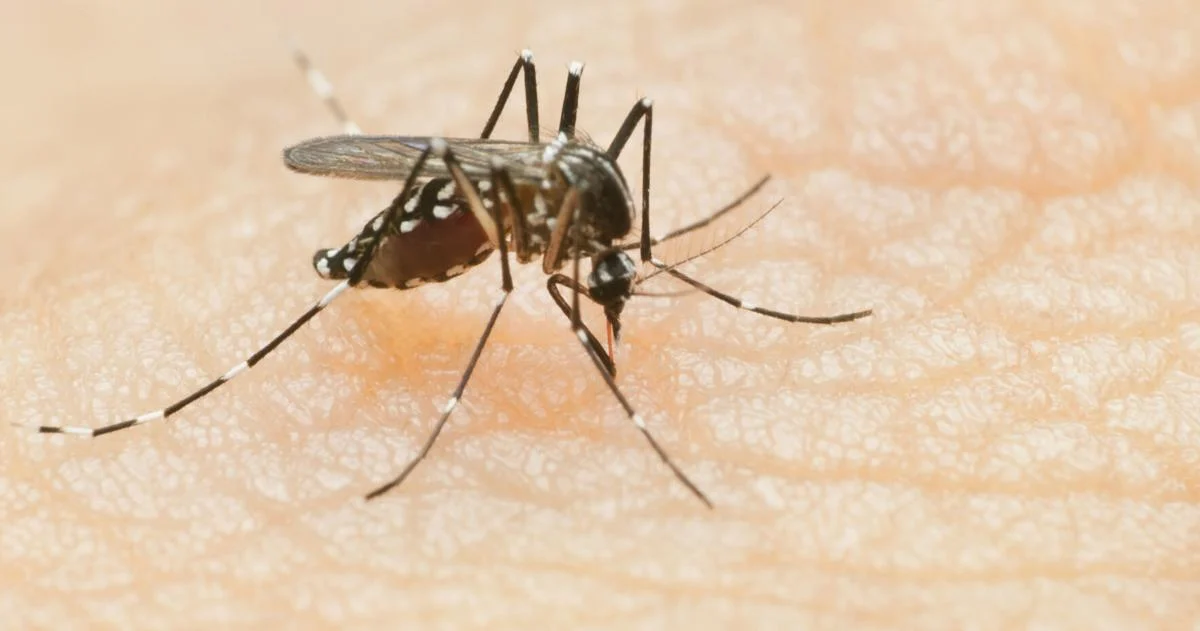
The S.C. Department of Health has reported the first death related to eastern equine encephalitis in the state in more than 20 years.
The fatality occurred in Beaufort County.
“While cases of the virus in people are extremely rare, the effects can be very serious to those who are infected,” wrote Dr. Edward Simmer, interim DPH director, in a press release.
“ We encourage everyone to take action to reduce the risk of mosquito bites, including eliminating mosquito breeding sites,” he added.
The last confirmed EEE case in the state was in 2020. The last fatality attributed to the the infection occurred in the state in 2003.
No information regarding the victim was released.
“Due to federal and state privacy restrictions, (the Department of Health) is unable to provide additional information concerning any person, including details about physical condition, hospitalization, age, sex and residence,” said a spokesperson for the agency.
Eastern equine encephalitis is caused by the bite of a mosquito, which is carrying the EEE virus.
In most cases, an EEE infection will cause a febrile illness, which according to the Centers for Disease Control, manifests symptoms like fever, chills, body aches, and joint pain.
The illness lasts one to two weeks, and most people recover completely when there is no central nervous system involvement.
Dr. Brannon Traxler with the state’s Department of Public Health, said about 5 percent of people infected with EEE will develop a neurologic disease, which carries must a much more grim prognosis.
“We don’t have many cases in South Carolina. That’s the good news,” Traxler said.
In serious cases, infection can lead neurologic disease like meningitis, inflammation of the membranes that surround the brain and spinal cord, or encephalitis, inflammation of the brain.
Symptoms of neurologic disease include fever, headache, vomiting, diarrhea, seizures, behavioral changes, drowsiness, and coma. In infants, neurologic disease often occurs soon after onset. In older children and adults, encephalitis might occur after several days of systemic illness.
“All those are going to suggest that there’s some process going on, an infection or inflammation in your brain or around your spinal cord, that’s going to require urgent care,” Traxler said.
The virus will cause the death of one in three of those who develop severe eastern equine encephalitis, with the death generally occurring two to 10 days after onset of symptoms.
Those who do recover from the disease are often left with long-term physical or mental problems. The problems can range from mild to severe intellectual disability, personality disorders, seizures, paralysis, and cranial nerve dysfunction.
People with severe disease and ongoing disabilities often require long-term care and die within a few years.
There are no vaccines to prevent infection and no medications to treat the disease in humans. The severe cases are most likely in patients younger than 15 or older than 50.
“Most people of have an infection aren’t going to think twice about it. But there’s no way to stop a mild case from progressing,” Traxler said.
EEE is not transmittable from person to person.
The best protection against eastern equine encephalitis is to prevent mosquito bites. The American Mosquito Control Association recommends wearing long sleeves, long pants and light-colored, loose-fitting clothing when outdoors and properly applying an EPA-registered product containing DEET or other approved repellent.
Wearing permethrin-treated clothing is another option. With all repellents, be sure to follow product label instructions.
Beaufort County is responsible for mosquito control.
County technicians test mosquitoes captured in traps in 78 locations on weekly basis, searching for insects with the EEE virus. The closest trap to where the fatal infection occurred was about 2.5 miles away, and no eastern equine encephalitis has been detected in that trap so far this year.
The late summer months are the most common for detecting EEE in humans, with the peak number of cases detected in August, followed by September and July.
“As you get later into October and November, it really tapers out. We’re on the down slope,” Traxler said.
The state also tracks EEE in birds, which are the animals most likely to contract the infection. Additionally, 10 horses with EEE have been identified, though none have been found in Beaufort County.
“Any time we see one of something, it certainly catches our attention. But I would not call this concerning as a trend, but we do surveillance year round,” said Traxler.



